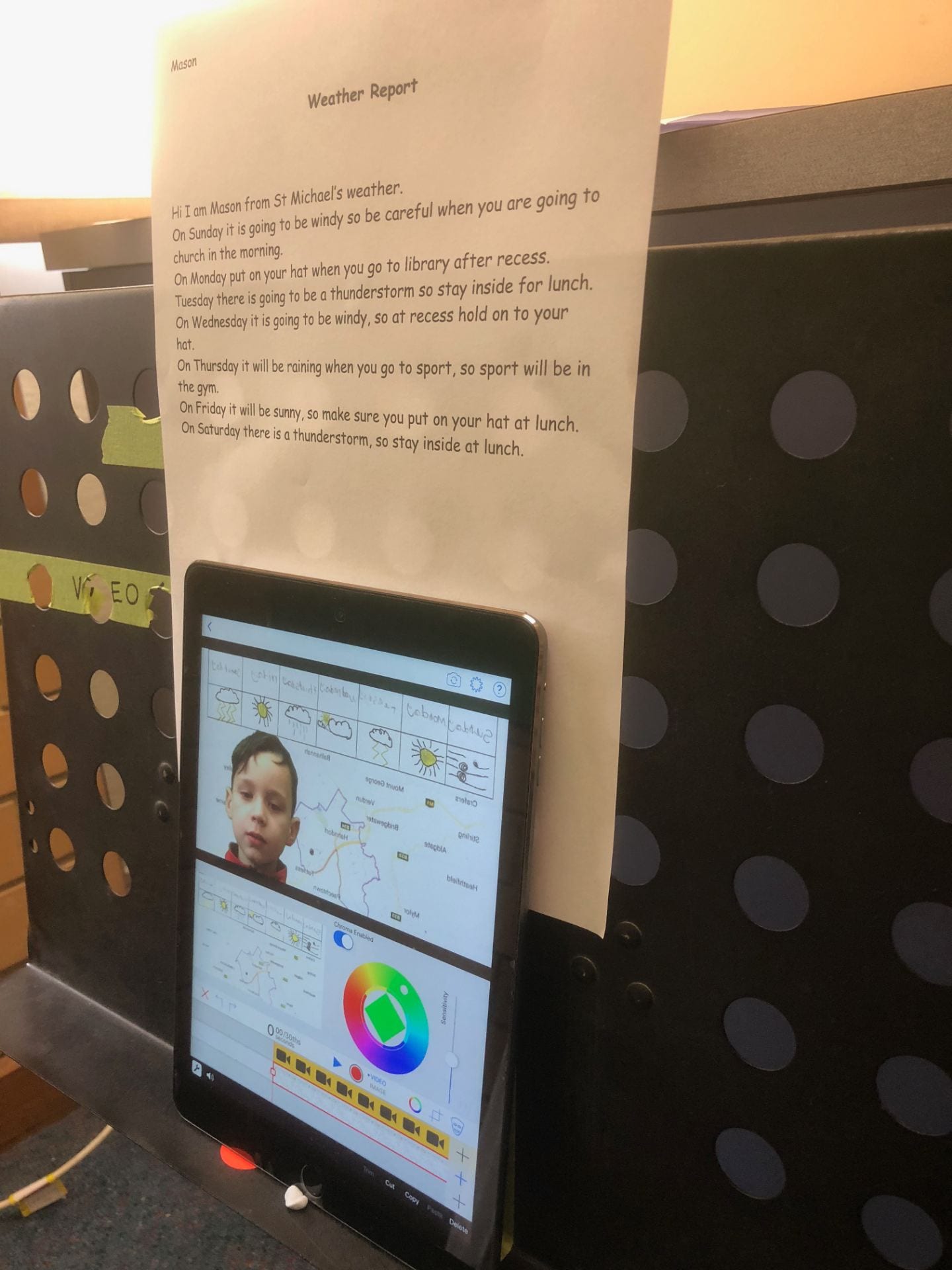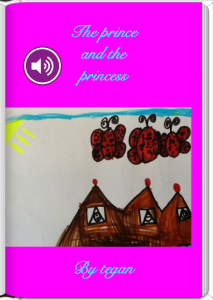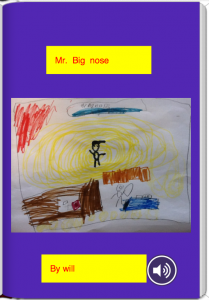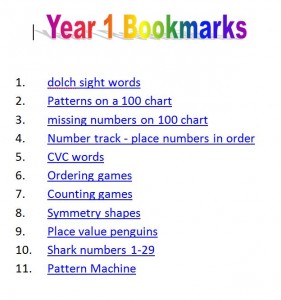Well, we’re over half way through 2011 and we’ve managed to get quite a few blogs and wikis up and running in our school this year. These blogs and wikis fall into several categories, as follows.
1. Teacher Blogs/Wikis
These blogs/wikis are written and maintained by the class teacher, usually for the junior primary classes. The teacher uses the blog/wiki to write about the learning activities in their class and usually accompany this with photos and occasionally video. They upload documents and newsletters to their blog and insert links to websites that may be useful for the students and parents to access at home. The teachers in these classes are finding that the blog/wiki is a great way of communicating with parents and keeping them in touch with the daily/weekly activities in the class.
Mrs Thelning’s Year 1 Blog
Miss Kreymborg’s Year 1 Blog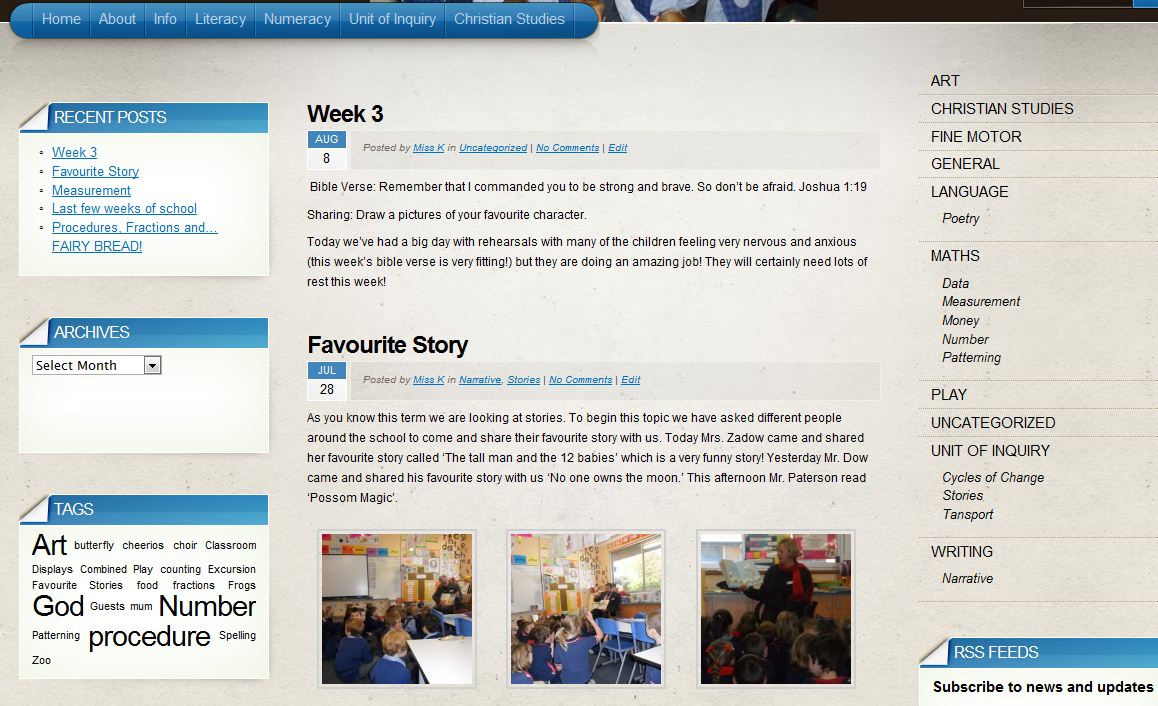
Mrs Norman’s Reception Class Wiki
2. Class Blogs
These blogs are written by both the teacher and the students. A classroom blog may contain posts about excursions, sport, units of inquiry and other classroom activities.
Mrs Fudali & Mrs Hall’s “Year 5 Bloggers” Blog
Besides sharing information beyond the classroom, using blogs is a great way for students to improve their ICT skills and get experience using an emerging technology. Students also improve their literacy skills while blogging, and it a fantastic opportunity for students to learn about appropriate online behaviours.
3. Student Group Blog
A group of keen year 7 writers have created a blog called “Over the Picket Fence”. In this blog the students write posts containing stories, poetry, book reviews, recipies, random facts, sport, interviews, excursions, random facts, optical illusions, comics, photos and other entertaining reading. It is a great place for the students to practice their writing skills and learn about the world of blogging. They are encouraged to comment on each other’s posts and are taught the correct etiquette for writing comments.
Year 7 Writers Group Blog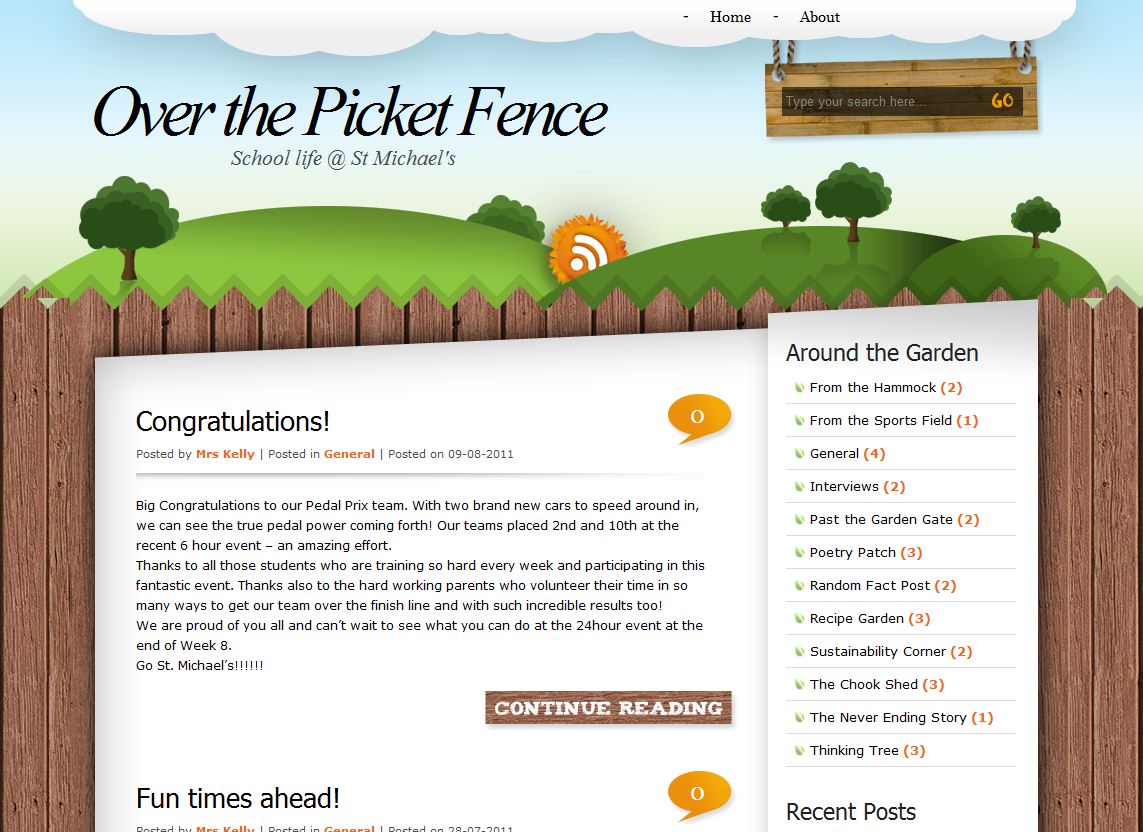
The staff & students involved in this blog have made a promotional video. It runs for about 12 minutes and is too large to upload here, but you can click on the following link to see the Over the Picket Fence promo intro. If you’d like to see the whole video, please contact me.
4. Year 7 PYP Exhibition Blog
An area that is critical to success in the PYP exhibition is communication. To assist in effective communication, an exhibition blog/wiki has been established for use by teachers, students and parents. This blog/wiki has been set up as a great tool for:
- Sharing ideas.
- Recording progress.
- Communicating amoung students, staff and parents.
- Displaying information, photos and other media related to the chosen lines of enquiry.
- Linking to useful websites.
Students will be able to add posts, comments and contribute to group wiki pages. As the site grows, it will contain heaps of valuable information about the learning & preparatory activities associated with the exhibition.
Year 7 PYP Exhibition Blog 
5. Staff Blog
The staff blog has been recently set up as a communication and collaboration tool for staff. It is used to record morning notices, weekly e-bulletins, staff movements and other general information. It also contains links to useful websites, shared resources, staff information and photos. It has proved beneficialby being able to access this information from outside of the school and for recording all of this type of information in the one, easy to get to, place.
Staff Blog
6. Student blogs & wikis
Although we haven’t implemented any yet, student blogs and wikis are a great way for individual students to keep a journal of their learning activities or present information about a particular topic or line of inquiry.
 Our BLC students have been learning about weather, seasons and time.
Our BLC students have been learning about weather, seasons and time.![]() Students then entered our makeshift green screen studio to record their weather report. We used the Green Screen by DoInk app to achieve this.
Students then entered our makeshift green screen studio to record their weather report. We used the Green Screen by DoInk app to achieve this.
